The art of sewing and embellishing clothes was created out of humankind’s fascination with sewing. Over time, people came up with unique and complicated methods to better draw out their clothing. The art, when beautifully done, engages our aesthetic sensibilities and reveals various aspects of our personality. However, there are many factors that contribute to species and technique in creating beautiful and intricate garments.
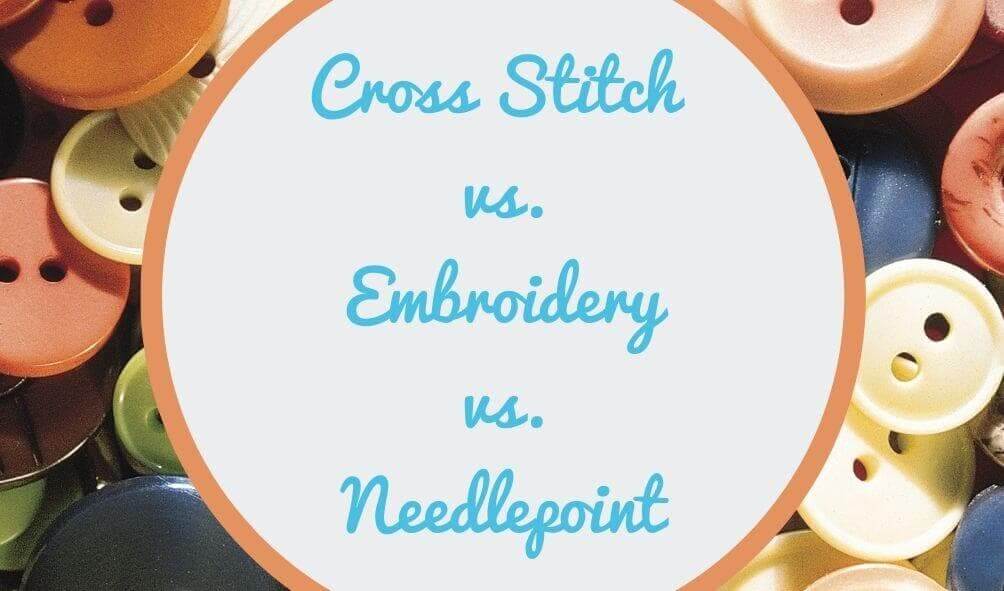
Embroidery
Embroidery is an ancient craft used for turning objects of daily use into useful household goods. It is the main component of our materialistic culture. It is one of the prettiest art people use for branding and decorating garments and other daily use items.

Embroidery is a craft used for adding value and aesthetics by adorning the garments and braiding table cloths, bedsheets, upholstery, or covers by artistically utilizing thread and needles. This makes plain clothes and textiles more beautiful and enhances their value and usefulness. An instance of this could include a pretty plain shirt that does not get that much use when embellished with Embroidery.
Types of performing Embroidery
There are two ways to perform Embroidery
1. Hand Embroidery
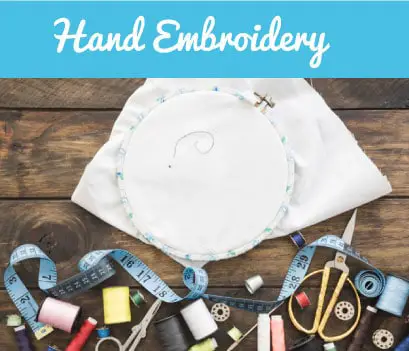
Hand embroidery has the charm of both a personal touch as well as emotion and can be performed on delicate and fine clothing. Its utilized to add monograms on larger items such as bed sheets, pillows and more.
2. Machine Embroidery
It is not easy (or possible) to produce manually embroidered apparel, garments, etc., at a large scale for commercial purposes and cater to a large demand. Handmade embroidery can not turn out exact with accurate designs and patterns on all of your products. So, this may be one reason to consider using a machine for embroidery. Handmade crafts are great, but this also takes a lot of time and labor… so this may be another.
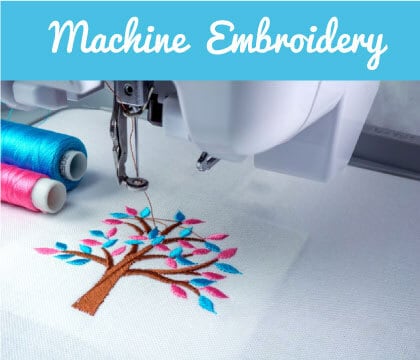
There are various types of machines commissioned to perform embroidery work, such as free motion embroidery machines. It performs zig-zag sewing and works like regular sewing machines. You have to manually design the Embroidery and then sewed with the help of a machine by using thread while fully utilizing your creative talent and working as a child is playing in the playground. You draw the design with the drawing pen before performing embroidery work.
Generally, the two types of machines are available in the market, i.e., one is an embroidery machine that only performs Embroidery, and such machines work like machines that can do both sewing and embroidery. The downside of that machine is that it only uses one thread, and for change of colors, you have to move physically, which takes more time in the embroidery work.
There is another type of machine called a multi-head machine, controlled by the computer. It usually possesses multi needles ranging from 4 to 16 needles, and each one sews its thread, which saves time. It should be kept in mind that machines do not allow editing and changes in designs and patterns as machines works according to the pre-designed pattern already fed.
You generate the pattern and designs already stored in the computer and feed them into the machine which exactly produces the Embroidery on your required fabrics. You can also create designs of your choice and then print them through the machines. These machines use mostly heavier thread made of polyester or rayon as well as metallic ones. They also use threads of different colors to make the Embroidery charming and attractive.
The designs and patterns are sewn precisely and accurately on every product, even if produced on a large scale. These machines are very useful and beneficial if embroidery work is produced in bulk for commercial purposes. These machines perform Embroidery on product branding, corporate advertising, and decoration of garments and apparel in the fashion industry.
Techniques of Embroidery:
Craft represents article and tangible things which are hand made. These articles have particular forms and shapes and are useful in daily life. At the same time, designs and patterns are added to make them attractive. An embroidery is a form of craft that skilled people produce by using their talent of creativity.
1. Counted thread embroidery
Counted thread embroidery is one of the varieties of sewing with the pattern. In this Embroidery, the craftsman counts the threads of the clothing before starting needlework. The stitching is always carried out either vertically or horizontally on warp and weft of the fabric. The common techniques of counted thread embroidery include Assisi, Barrgelo, Blackwork, Canvas work, Cross stitch, Needlepoint, etc.
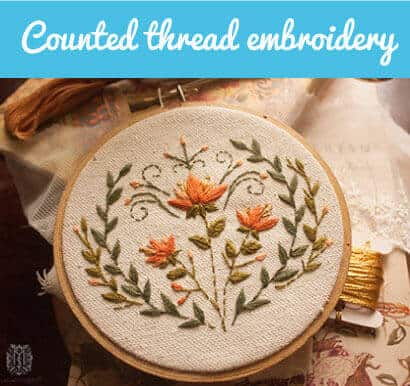
2. Outline Embroidery:
This technique of Embroidery is a primary stitch for lines and filling. It is very easy and simple to sew with quick progression and pattern. In this technique of Embroidery, numerous kinds of stitches, for example, chain stitch, back stitch, stem stitch, and outline stitch, are used. Primarily in this technique, the stitch is worked out by overlapping the back stitches to produce a new shape and pattern.

3. Whitework Embroidery:
The Embroidery performed on white fabric is called whitework embroidery. In this Embroidery, white polyester thread is used on the white clothes, which look simple but very beautiful. It is also named french laid work.
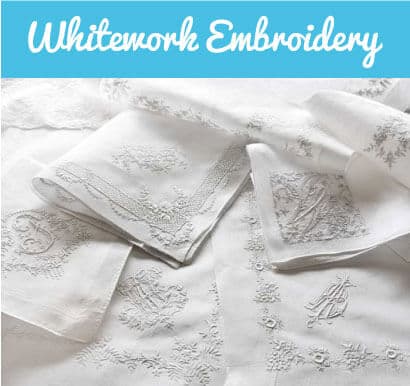
4. Candlewicking Embroidery:
This type of Embroidery is done on fine cotton cloth called muslin with unprocessed coarse thread. It is a very old traditional kind of Embroidery in which the technique of colonial knot is used.
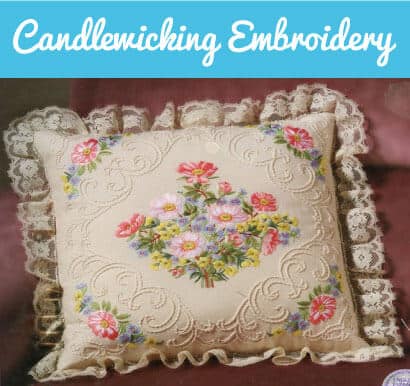
5. Patchwork Embroidery:
The small pieces of clothes are sewed on the base on which Embroidery is done. They are put to look beautiful and attractive and sewed with machines or hand stitches for decoration. In this kind of Embroidery, any type of stitches can be used. Patchwork embroidery is mostly used for embellishing quilts.

6. Shadow Work Embroidery:
The Shadow Work Embroidery is performed on the back of the flimsy cloth, which is semi-transparent. In this Embroidery, herringbone stitches are used. This work of Embroidery is done on lightweight cloth, namely Georgetta, Veil, Lawn, Organdie, and Muslin, etc.

7. Goldwork Embroidery:
In this work of Embroidery, metal threads of various colors, particularly gold and silver, etc., are used. The wires are mostly not made of pure gold but are of gold-coated silver. The gold thread is usually used to prepare an outline and raised designs.
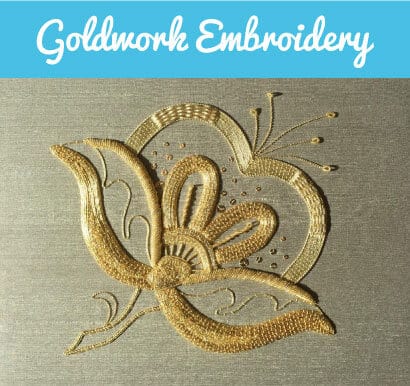
8. Fish Scale Embroidery:
Generally, in this Embroidery, designs on the pattern of scales of goldfish are worked out. At first, the scale of fish is prepared then holes are made of each of the scales’ bones.
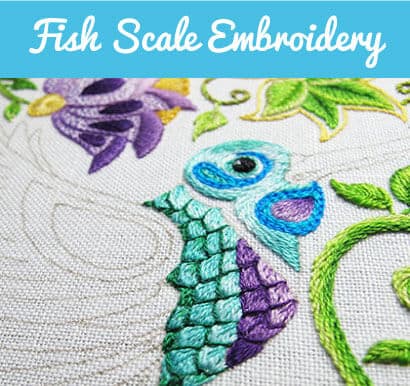
Cross Stitch
Cross stitch is a type of hand embroidery in which only X-shaped stitches known as cross stitches are used. When sewn with precise accuracy by using threads of different colors, these stitches generate a pattern like that of tiles. There are used only one type of stitch, which makes it very simple. In cross stitching, mostly Aida fabric is used, which has a good system of holes for sewing colored thread.
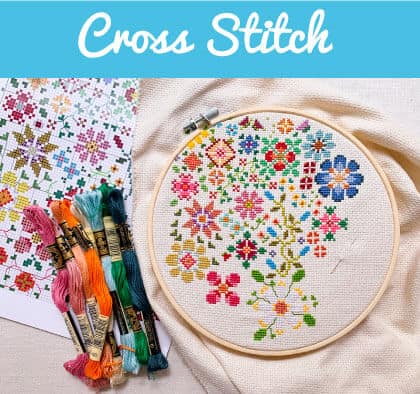
How to cross stitch?
In cross stitching, the designs and patterns are printed on a piece of cloth for sewing. It is often used for stitching words, slogans, or mottos on pieces of clothes. It is a very good form of Embroidery for the beginner as only one stitch is used, which helps him learn the skill.
Needle Point
Needlepoint is the form of Embroidery which the people of an ancient civilization used. At that time, stitching was done with wool yarn on the piece of rough and coarse clothes. Durability was the main forte of that form of Embroidery. The needlepoint craft is also popular in recent times, and it is performed even on fine clothes by using different types of stitches.
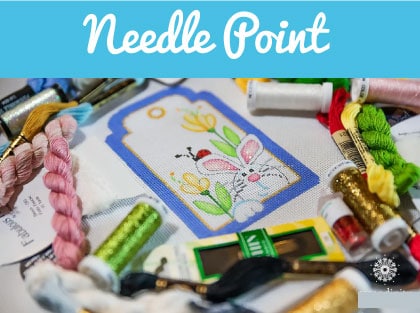
It was mostly performed on the upholstery of furniture in the past, and now it is also used on upholstery, pillows, and household items. It helps to decorate the belts, purses, keychains, jewelry, eyeglasses cases, and wall hangings. Its subcategories also in use which are named according to their holes. One is a petit point with 16 to 20 mesh holes per inch, which are done mostly in canvas. When the canvas was 8 to 10 squares per inch, it is named gross point, whereas canvas with seven holes per inch is called quick point.
Cross Stitch vs. Embroidery vs. Needlepoint
All these crafts embroideries, Needlepoint, and cross-stitch fall under one umbrella. They are mainly pressed into action for embellishing and decorating the various kinds of fabrics. While going into detail, there is a slight difference between them. For explaining the differences between Needlepoint and Embroidery, we can say the needlepoint designs are made with wool yarn by sewing on a mesh canvas, whereas Embroidery is performed for drawing a picture or a design through the stitching.
The pre-printed design is preferred in Needlepoint, while Embroidery is performed on pre-printed design, and pattern and stitching are made on the lines to fill the spaces. For Embroidery, fabrics such as Satin, Silk, Cotton, Aida, and Velvet are used, whereas in needlework, open weaved canvas clothe is used. In Needlepoint, stitching is carried but by hand. But Embroidery is performed by hand or machines.
There are a few differences between Cross stitch and Embroidery. Cross stitch is counted thread embroidery uses X shape stitches to create a design or pattern but in embroidery, several stitches commonly used, such as chain stitch, blanket stitch, and woven fabric invariably used in cross-stitch. At the same time, Embroidery can be performed on many types of fabrics such as muslin and satin.